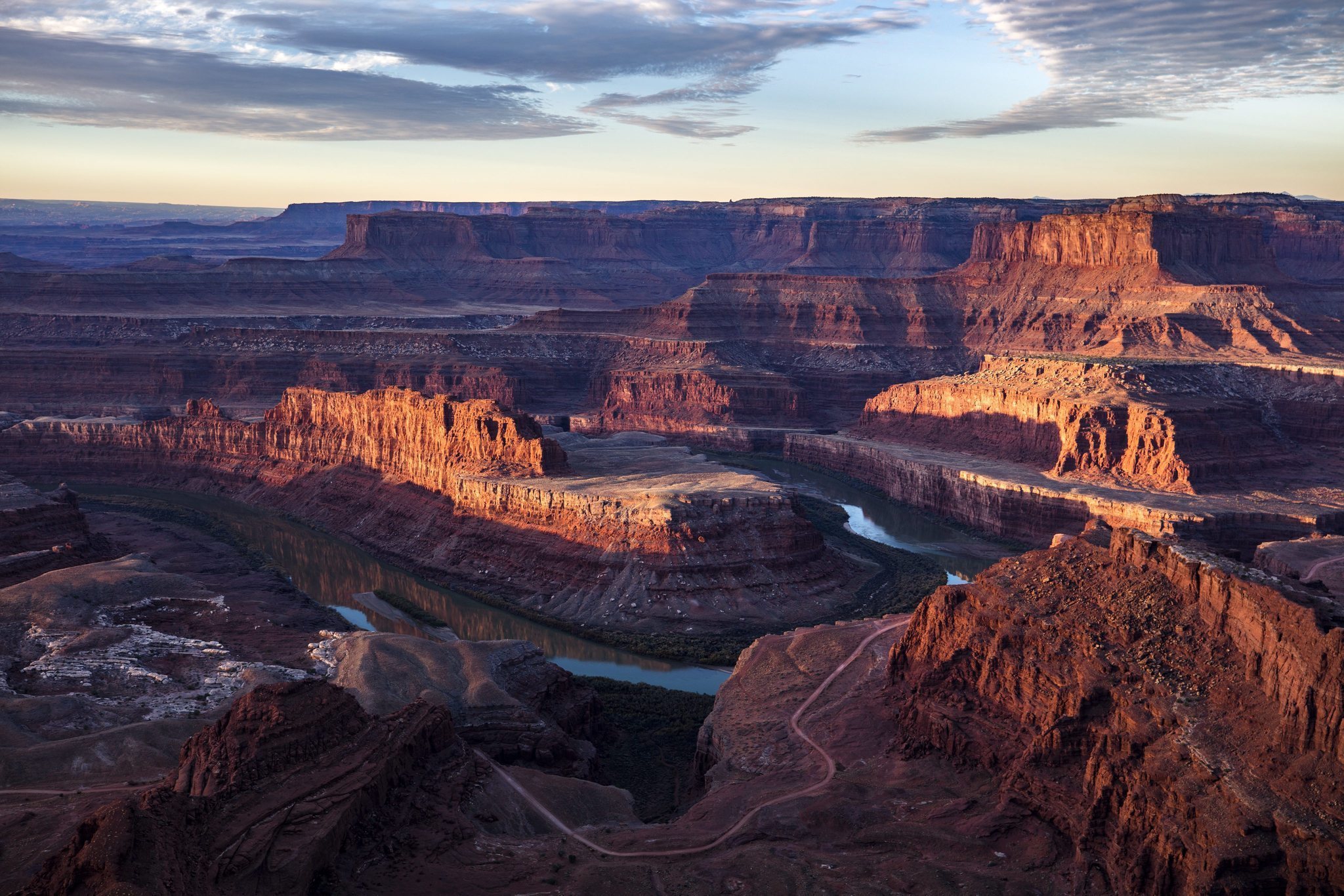On December 4, 2017, President Trump promised to reduce the size of Utah’s Bears Ears National Monument by 85 percent, which will be the largest shrinkage of nationally protected land to occur in the United States. His decision shocked many, though recent reports note that a uranium company urged the Trump administration to attack the national monument. The Grand Staircase-Escalante National Monument will similarly shrink to half of its size—another blow to Utah’s topography. The backstory surrounding these issues create further complications, as the national monuments at the heart of the matter represent an affront to the environment, as well as to the people who inhabit those sacred lands.
Bears Ears National Monument will remain nationally owned, but the national monument status will dissipate with this order. According to the Wilderness Society, the Antiquities Act gives land national monument status, wherein Congress or the president permanently protects the land at stake. The Antiquities Act, which was established in 1906 by Theodore Roosevelt, allows the U.S. president to label land with natural, cultural or historical importance as a national monument.
Bears Ears National Monument was granted national monument status by President Obama on December 28, 2016, in order to protect indigenous people’s cultural sites and to preserve natural wildlife of the area. Not even a year after its designation, Trump announced plans to revoke its protected status. However, land with national monument status does not have as much protection as the name suggests.
[su_youtube url=”https://www.youtube.com/watch?v=4WocrnOB0Bc”]
“The Wilderness Society” explains that national monuments, while protected by the government, are still subject to development. National monument status protects “existing rights,” so activities that were legal prior to the designation are often still legal after monument status is granted. Oil and gas leases, for example, are allowed to occur on land considered a national monument in some cases. Despite the fact that oil and gas development occurred on Bears Ears decades ago, all of the wells within monument boundaries are presently inactive and have been for years. This means that any energy extraction from the current boundaries would be new and shocking to this region.
“Inside Energy” notes that the fossil fuel reserves that are present in Bears Ears National Monument are most likely not recoverable due to the inaccessibility of the area. Similarly, remoteness would make oil and gas transportation costly, as well. So with such prohibitive features as a region, specifically regarding energy development (which the Trump administration consistently belabors in any talk of growth for the country), why retract Bears Ears National Monument’s protected status if not for energy interests?
The inaccessibility of Bears Ears National Monument seems consistent with the Trump administration’s insistence that the scale-back has nothing to do with energy. However, “The Washington Post” points out that uranium firm Energy Fuels Resource paid a team of lobbyists to push for the national monument’s size reduction. Andrew Wheeler—Trump’s pick for Environmental Protection Agency deputy secretary—headed the lobbying team that Energy Fuels Resources hired (Faegre Baker Daniels, for reference).
As it turns out, the company has interests in uranium deposits that are near and within the original boundaries of Bears Ears National Monument. Steps to reduce the monument’s size began in April, when Trump asked Secretary of the Interior Ryan Zinke to look into the physical retraction of twenty-seven national monuments. On May 25, Zinke received a letter from the CEO of Energy Fuels Resources, Mark Chalmers, insisting that the Trump administration scale back the boundaries of the Bears Head National Monument specifically, as it contains uranium deposits that would benefit the firm the future. These uranium deposits, along with oil- and gas-rich areas, are included in the immense reduction in land protected by national monument status.
The revelation that “The Post” exposes regarding special interests for energy companies does not come as a complete shock, but it introduces complications surrounding the situation—the most obvious of which is the conflict of interest produced by Andrew Wheeler lobbying for an energy firm while as a potential appointee to the Environmental Protection Agency. In no way does lobbying for radioactive energy and oil extraction protect the environment, a goal that Wheeler’s prospective employer finds slightly essential. The only group that benefits from this energy extraction is the large energy corporation vying for the first development leases from the government. Consistent with Trump’s emphasis on job creation, the national monument reduction in Utah will allow for a mass influx of dangerous jobs in the energy sector.
Another major issue that arises from President Trump’s downsizing plans is the effect that this change will have on the indigenous people that consider the land sacred. Bears Ears was initially established as a national monument by President Obama because of the intense and persistent lobbying done by five indigenous tribes; the federal land protections instituted by the monument status actually aid the indigenous groups in securing their histories.
Trumps remarks that the distant hold that the federal government has on these areas somehow infringes on Utah’s ability to preserve their own land: “Some people think that the natural resources of Utah should be controlled by a small handful of very distant bureaucrats located in Washington. And guess what? They’re wrong.” Trump seems oblivious to the fact that indigenous tribes who had the first stakes in this land wanted federal protections, as they shield their regions from big energy businesses that continuously take and give little in return.
Bears Ears National Monument contains historical and cultural artifacts belonging to the people native to the land. Many tribes are currently suing Trump for his plans to strip their protections, citing their artifacts and traditions that, like their tribes, are indigenous. The Hopi Tribe, Navajo Nation, Ute Indian Tribe, Ute Mountain Ute Tribe and Zuni Tribe have filed a lawsuit against Trump. Although some legal scholars argue that the Antiquities Act allows for the president to reduce or retract national monuments, debate will surely ensue.
The president’s rollback of national monuments illustrates a complete, if unsurprising, disregard for sacred lands of indigenous tribes and for the environment. Jobs and energy are both crucial for American growth, but dipping into former presidents’ land protections is not the only way to reach those goals. Trump’s actions are once again illustrative of his desire to negate any achievement of the Democratic Party and to strip his opponents—both partisan and personal—of their histories, rights and cultural triumphs.
















